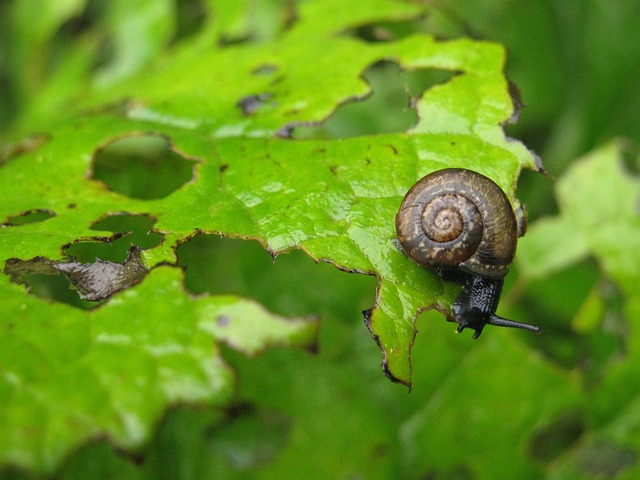Wildlife pest control is a nuanced, eco-conscious approach to managing human-wildlife interactions, aiming for harmonious coexistence while protecting homes from damage. It involves understanding species-specific needs and behaviors, like identifying entry points and feeding patterns, to use tailored non-toxic methods. Common residential pests include squirrels, raccoons, and opossums, which cause structural damage and health risks. Effective control starts with regular inspections, sealing entry points, and maintaining clean environments. Non-lethal techniques, like scent repellents and motion-activated devices, prioritize animal welfare. Preventing invasion through securing residences and regular inspections is key. For severe issues, professional help from licensed experts is necessary, adhering to local regulations and ethical practices. Community initiatives promoting habitats and eco-friendly solutions further support a balanced ecosystem.
Looking to secure your home against unwanted wildlife visitors? This comprehensive guide on wildlife pest control equips you with all the knowledge you need. From understanding the comprehensive approach to identifying common residential pests, we explore health risks, non-toxic solutions, and prevention tactics. Learn about legal considerations, community-friendly methods, and when to call in professional experts. Discover the truth behind misconceptions and take control of a harmonious coexistence with nature’s visitors.
Understanding Wildlife Pest Control: A Comprehensive Approach
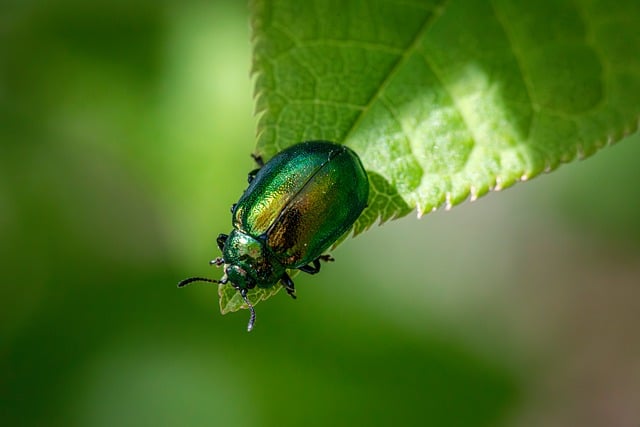
Wildlife pest control is a comprehensive approach that involves understanding and managing the interaction between human habitats and wild creatures. It’s more than just getting rid of pests; it’s about coexisting harmoniously with wildlife while protecting homes and properties from potential damage. This method takes into account the ecological balance, the health and safety of both humans and animals, and sustainable practices to ensure long-term solutions.
By employing a comprehensive strategy, professionals in wildlife pest control address the specific needs of different species, their behaviors, and habitats. This includes identifying entry points, understanding feeding patterns, and implementing tailored solutions that minimize impact on non-target species while effectively managing the targeted pests. It’s a delicate balance that requires expertise and a deep respect for nature.
Identifying Common Residential Wildlife Pests
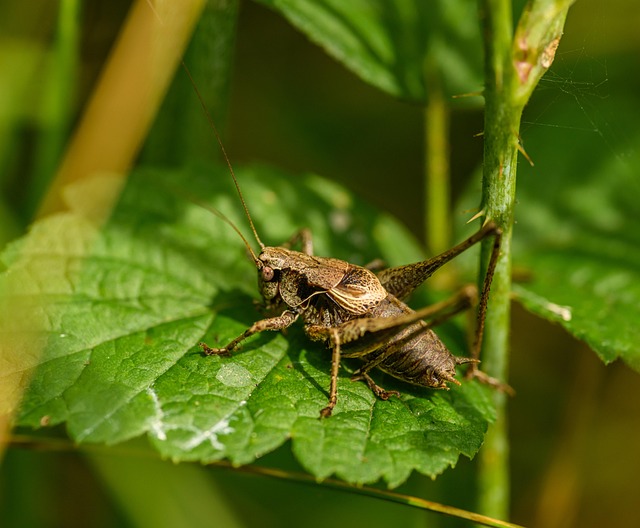
Identifying common residential wildlife pests is the first step in effective wildlife pest control. Animals like squirrels, raccoons, and opossums are often unwelcome visitors to homes, seeking shelter and food. These creatures can cause significant damage to structures by gnawing on wiring, insulation, and wood. They also pose health risks by carrying diseases and parasites that can be transmitted to humans and pets.
Regular inspection is key to spotting these pests early. Look for signs such as tracks, droppings, chewed materials, or strange noises coming from walls or attics. Once identified, it’s crucial to understand their habits and preferences to implement tailored control measures. This might involve sealing entry points, maintaining clean environments, or using humane traps and deterrents recommended by wildlife pest control professionals.
The Impact of Wild Animals in Your Home: Health and Damage Risks
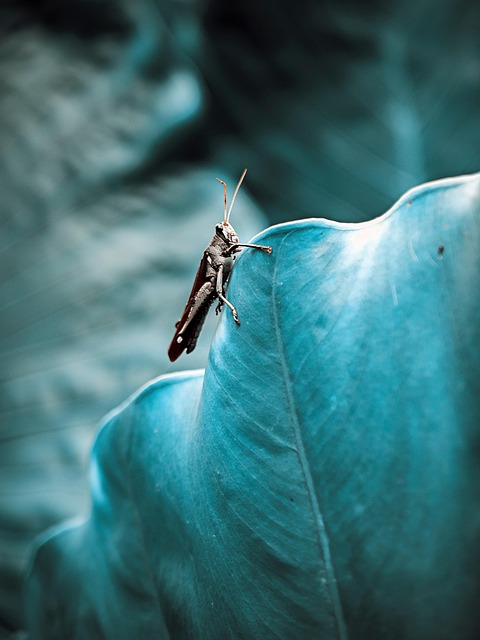
When wildlife finds its way into your home, it can cause significant health and damage risks. Many wild animals carry diseases that can be transmitted to humans and pets through direct contact or their droppings. For instance, rodents like rats and mice are known carriers of various viruses, bacteria, and parasites, including Hantavirus, which can lead to severe respiratory illnesses. Furthermore, their nests and waste can trigger allergies and asthma attacks in some individuals.
In addition to health hazards, wildlife pests can cause substantial property damage. They can gnaw on wiring, insulation, and wood, leading to electrical fires, costly repairs, and reduced home value. Squirrels, for example, are notorious for chewing through roofs, walls, and ceiling tiles, while beavers can damage trees and landscaping near water sources. Wildlife Pest Control is essential to mitigate these risks and ensure a safe, healthy living environment.
Non-Toxic, Humane Methods for Expelling Unwanted Guests

When it comes to wildlife pest control, opting for non-toxic, humane methods is a responsible and effective approach. Many traditional pest control solutions involve harmful chemicals that can be detrimental to both the environment and unsuspecting wildlife. Instead, there are numerous eco-friendly alternatives that allow you to safely expel unwanted guests like squirrels, raccoons, or birds from your property.
One such method is using scent repellents, which leverage natural scents to deter animals without causing them harm. For instance, certain scents like garlic, peppermint, or coyote urine can effectively chase away rodents and other pests. Additionally, noise makers and motion-activated devices can startle and scare off wildlife, providing a safe and immediate solution. These non-lethal techniques not only respect the well-being of animals but also ensure that you maintain a harmonious relationship with the local wildlife population.
Prevention Tactics: Securing Your Residence Against Invasions
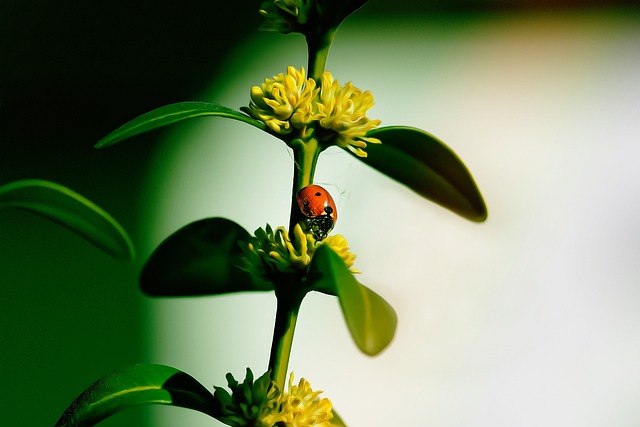
Preventing wildlife pests from invading your home is a crucial first step in effective residential wildlife pest control. Securing your residence involves taking proactive measures to make your property less appealing to wild animals. This includes sealing off entry points like gaps in walls, attics, and foundations with sturdy materials such as metal or wood. Ensuring all windows and doors have secure fits, and installing mesh screens, are also essential tactics. Trimming trees and shrubs near the house, removing potential food sources, and maintaining a clean yard can significantly deter wildlife from seeking shelter or sustenance on your property.
Regular inspections play a vital role in identifying potential access points and addressing them promptly. By staying vigilant and implementing these prevention tactics, homeowners can minimize the risk of unwanted wildlife invasions, ensuring a peaceful living environment. Effective Wildlife Pest Control starts with making your home less inviting to wild animals, thereby fostering a harmonious coexistence between humans and nature.
When Professional Help is Necessary: Finding Reputable Experts
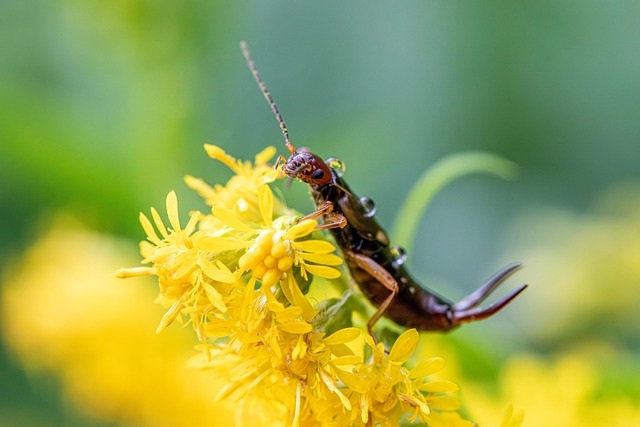
When dealing with wildlife pests, such as rodents or insects, in your home, it’s crucial to understand when professional help is required. While some minor infestations can be managed through DIY methods, persistent or severe issues often call for expert intervention. Professional Wildlife Pest Control services offer specialized knowledge and tools to address complex situations effectively. They employ safe and environmentally conscious techniques, ensuring the well-being of both residents and local ecosystems.
Finding reputable experts in Wildlife Pest Control is essential. Look for companies with proven experience, positive customer reviews, and clear licensing and insurance information. Reputable firms adhere to industry standards and regulations, providing peace of mind during what can be a stressful situation. Additionally, they offer tailored solutions, inspecting your property thoroughly to identify entry points and the extent of the infestation, thus implementing targeted and long-lasting solutions.
Legal Considerations: Regulations Governing Wildlife Control Practices

When it comes to residential wildlife pest control, understanding legal considerations and the regulations governing wildlife control practices is paramount. Different regions have distinct rules and guidelines designed to protect both homeowners and wildlife. These regulations often dictate the methods and equipment that can be used for wildlife removal, ensuring ethical and humane treatment of animals. Non-compliance with these laws can lead to hefty fines or even legal action.
Homeowners should familiarize themselves with local and state laws before taking any measures to control wildlife on their properties. Permits might be required for certain types of pest control activities, especially involving protected species. Consulting with licensed professionals who adhere to these regulations is crucial to ensure the process is not only effective but also legal and ethical.
Community and Eco-Friendly Solutions for Coexistence with Wildlife
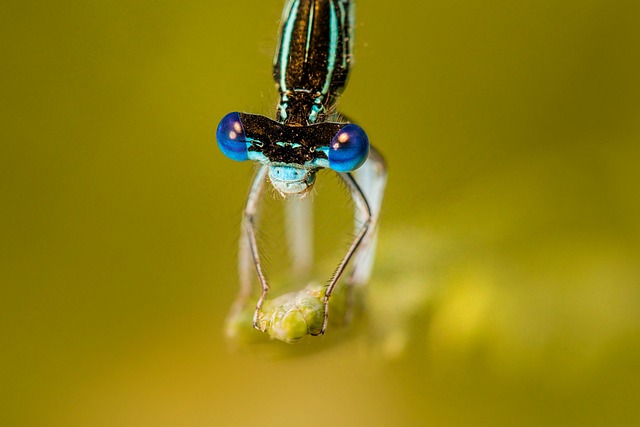
In many communities, the coexistence with local wildlife is an essential aspect of sustainable living and eco-friendly practices. Instead of resorting to harsh chemicals for Wildlife Pest Control, residents can implement community-driven solutions that promote harmony between humans and animals. One effective approach is to encourage natural predators by fostering habitats that support birds of prey, such as owls and hawks, which can help keep smaller pests in check.
Community initiatives like creating green spaces, planting native vegetation, and setting up birdhouses or bat houses can attract beneficial wildlife while deterring invasive species. Additionally, implementing organic pest management techniques, such as using natural repellents or introducing predator insects, allows for a more balanced ecosystem. These eco-friendly solutions not only reduce the reliance on toxic chemicals but also contribute to a healthier environment and preserve the natural balance within communities.
Common Misconceptions about Wildlife Pest Control Debunked
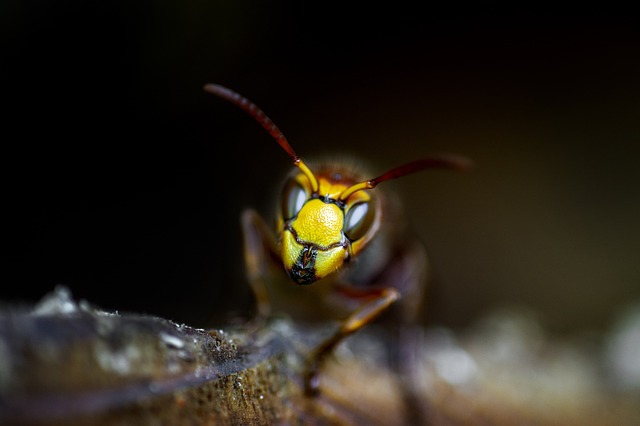
Many homeowners hold onto misconceptions about wildlife pest control, often stemming from a lack of understanding or misinformation. A common myth is that all wildlife should be removed from homes, but this isn’t always true. Not all animals pose significant risks to structures or health, and some even play essential roles in maintaining a healthy ecosystem. For example, birds might use birdhouses, and bats can control insect populations.
Another misconception is that DIY methods are as effective as professional services for wildlife pest control. While some simple measures can deter minor intrusions, complex situations often require expert knowledge. Professional services employ specialized techniques and tools to handle various wildlife species humanely and effectively, addressing the root causes of infestation while ensuring the safety of both animals and residents.
